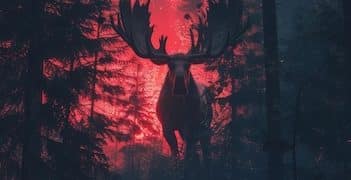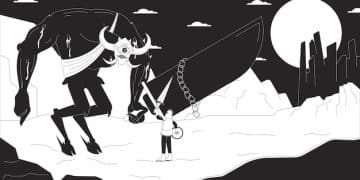Witcher Schools: Philosophies & Training Methods Compared
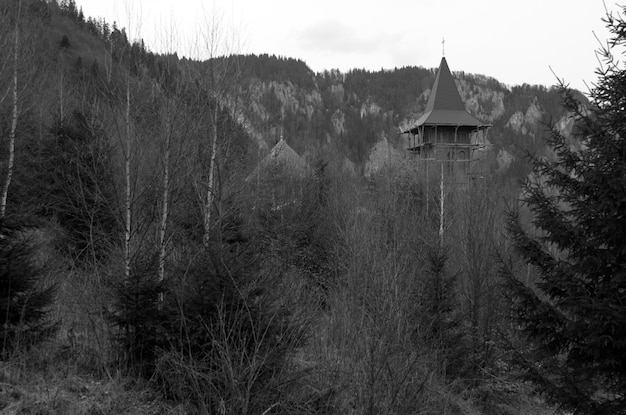
The Different Witcher Schools each boast unique philosophies and training methods, shaping their witchers into specialized monster hunters. This article compares the Schools of the Wolf, Cat, Bear, Viper, and Griffin, exploring their distinct approaches to combat, morality, and the witcher’s role in the world.
The world of The Witcher is filled with terrifying monsters, and standing against them are the witchers, monster hunters for hire. But not all witchers are the same. They belong to different schools, each with its own philosophy, training methods, and combat styles. Let’s delve into **the different Witcher Schools: Comparing the Philosophies and Training Methods of the Wolf, Cat, Bear, Viper, and Griffin Schools**.
The School of the Wolf: Tradition and Honor
The School of the Wolf, located in Kaer Morhen, is perhaps the most well-known, largely due to Geralt of Rivia. It’s renowned for its balanced approach to combat and its emphasis on tradition and honor. Wolf School witchers are typically seen as the most “neutral” of the bunch, adhering to a strict code of conduct.
Their training is rigorous, focusing on swordsmanship, signs, alchemy, and monster lore. Students endure intense physical and mental conditioning from a young age. The trials and mutations they undergo are legendary, with only a few surviving the process.
Training and Philosophy
Wolf School witchers are taught to respect their craft, understand the monsters they hunt, and uphold a certain level of professionalism. They are trained to negotiate contracts fairly and only kill when necessary. While they are still witchers and therefore somewhat detached from society, they are not as isolated or ruthless as some of the other schools.
Combat Style
The combat style of the Wolf School is balanced and versatile. They are proficient with both steel and silver swords and make effective use of signs in combat. They are also skilled in alchemy, using potions and oils to enhance their abilities.
- Swordsmanship: Mastery of both steel and silver swords for different types of monsters.
- Signs: Proficient use of magical signs for offense, defense, and utility.
- Alchemy: Knowledge of potions and oils to enhance combat prowess.
- Monster Lore: Extensive understanding of monster weaknesses and behaviors.
Wolf School witchers are masters of adaptation, able to adjust their tactics to suit the situation. They are not specialized in one particular area but are competent in all aspects of monster hunting.
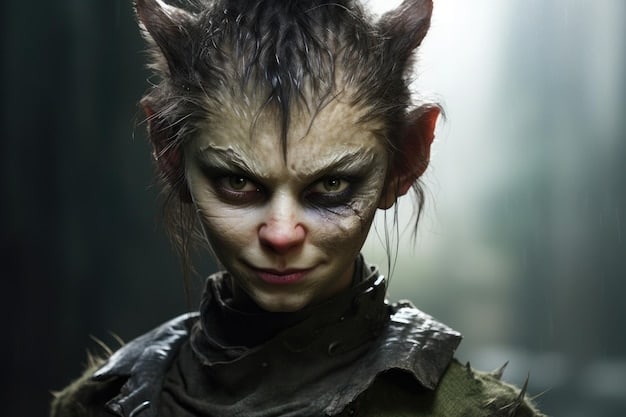
In conclusion, the School of the Wolf maintains a tradition of honor and balance within their ranks. Their balanced approach shapes them into versatile and adaptable monster hunters.
The School of the Cat: Agility and Ambiguity
The School of the Cat stands in stark contrast to the School of the Wolf. Founded by a group of renegade witchers, the Cat School embraces a more individualistic and less regulated approach. Their witchers are known for their agility, speed, and often morally ambiguous choices.
Unlike the other schools, the School of the Cat accepts anyone who can pay. This inclusion of children that are mentally unstable or have personality disorders has given Cat School Witchers a bad name and made them outcasts in the professional witcher community. As a way to mass produce Witchers, the mutations Cat School Witchers go through are much more dangerous.
Training and Philosophy
Cat School witchers focus less on tradition and more on pragmatism. They are taught to be adaptable and resourceful, often relying on deception and unconventional tactics to achieve their goals. Their training emphasizes agility and speed, making them deadly assassins. They will use any unfair advantage. The Cat School philosophy is that there should be a reward for ridding the world of monsters. If no payment is offered, they take what they believe is deserved.
Combat Style
The combat style of the Cat School is fast and fluid. They prefer light armor and dual blades, focusing on quick strikes and evasive maneuvers. They are masters of acrobatics and can move around the battlefield with incredible speed as well as utilize bombs and traps.
* Dual Blades: Preference for dual blades for rapid attacks.
* Agility: Emphasis on acrobatics and quick movements in combat.
* Light Armor: Favoring mobility over heavy protection.
Cat School witchers are often employed as spies, assassins, and mercenaries. Their willingness to take on morally questionable jobs has earned them a reputation as untrustworthy and dangerous.
In conclusion, the School of the Cat is defined by its agility and morally ambiguous choices. Their unconventional methods set them apart in the world of monster hunting.
The School of the Bear: Strength and Solitude
The School of the Bear, based in the Ursine monastery in the mountains, values strength, resilience, and solitude. Bear School witchers are known for their heavy armor, powerful strikes, and preference for fighting alone. They are also known for their mastery of quen.
Their training emphasizes physical strength and endurance, focusing on close-quarters combat and the use of heavy weapons. They are taught to withstand immense amounts of damage and keep going even when wounded.
Training and Philosophy
Bear School witchers are stoic and reserved, preferring to keep to themselves. They are not particularly interested in politics or social interactions, focusing instead on honing their combat skills and mastering the art of monster hunting. They are known for their fierce independence and unwillingness to compromise.
Combat Style
The combat style of the Bear School is brutal and direct. They prefer heavy armor and two-handed weapons, relying on brute force to overwhelm their opponents. They are masters of close-quarters combat and can deliver devastating blows with their weapons.
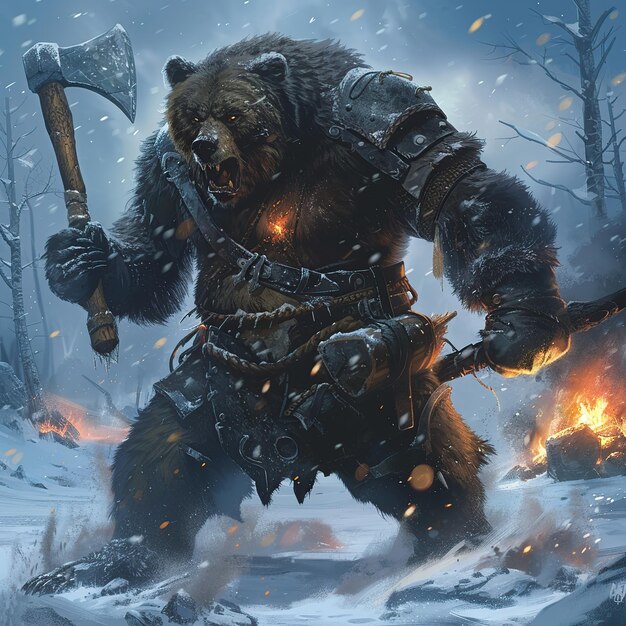
* Heavy Armor: Preference for strong armor providing maximum protection.
* Two-Handed Weapons: Focus on powerful strikes with large weapons.
* Close-Quarters Combat: excelling in direct, physical confrontations.
Bear School witchers are often employed as bodyguards, mercenaries, and monster hunters in the most dangerous regions. Their resilience and raw power make them well-suited for taking on the toughest challenges.
In conclusion, the School of the Bear embodies strength and solitude. Their focus on resilience and direct combat makes them formidable warriors in the world of monster hunting.
The School of the Viper: Poison and Intrigue
The School of the Viper, located in the Tir Tochair mountains, is shrouded in mystery and intrigue. Viper School witchers are known for their expertise in poisons, their cunning tactics, and their willingness to operate in the shadows.
The School of the Viper was one of the most successful witcher schools created, providing professional services to the Nilfgaardian Empire. Over time, the school became less prominent, although it was never shut down by imperial decree. Instead, the school suffered from its creators dying. The school was eventually ransacked by rioters. Some Viper school witchers still remain.
Training and Philosophy
Viper School witchers are trained in the art of deception, espionage, and assassination. They are masters of stealth and can move undetected through even the most secure environments. They are also skilled in the use of poisons, using them to weaken their enemies or deliver swift and deadly blows. Though like the Wolf School, they don’t care about your allegiance. If the price is right and the cause is just, Vipers will hunt anyone.
Combat Style
The combat style of the Viper School is precise and calculated. They prefer light armor and dual blades, focusing on quick strikes and the application of poisons. They are masters of toxicology and can create a wide variety of potent toxins.
* Poisons: Expertise in using venom to weaken or kill foes.
* Dual Blades: Preference for faster, more precise attacks.
* Stealth: favoring concealed approaches and tactical ambushes.
Viper School witchers are often employed as spies, assassins, and saboteurs. Their willingness to engage in morally questionable activities has earned them a reputation as ruthless and cunning.
In conclusion, the School of the Viper is defined by poison and intrigue. Their expertise in deception and toxicology makes them deadly adversaries in the shadows. Like the Cat School, their numbers are dwindling in The Witcher Universe.
The School of the Griffin: Knowledge and Justice
The Griffin School, based in Kaer Seren, emphasizes knowledge, justice, and a connection to the natural world. Griffin School witchers are known for their scholarly nature, their strong moral compass, and their dedication to protecting the innocent.
Griffin School Witchers were noble knights that wanted to be more. The Witchers were not fans of the mutations, but understood why they were needed. Griffin School Witchers wanted to preserve information to prevent situations such as the Wild Hunt from happening again.
Training and Philosophy
Griffin School witchers are trained in history, philosophy, and the natural sciences. They are taught to be critical thinkers, to question authority, and to always strive for justice. They are also taught to respect the environment and to protect the innocent from harm.
Combat Style
The combat style of the Griffin School is disciplined and strategic. They are trained to be versatile and adaptable, able to use a variety of weapons and tactics depending on the situation. Most importantly their use of Signs, combining them with swordsmanship.
* Signs and Swordsmanship: Balanced combat approach, combining magical prowess with physical skill.
* Versatility: ability to adapt and utilize diverse armaments in battle.
* Natural Sciences: emphasis in preserving knowledge of fauna and flora.
Griffin School witchers are often employed as scholars, diplomats, and protectors of the weak. Their dedication to justice and their willingness to use their knowledge for good has earned them a reputation as honorable and respected.
In conclusion, The Griffin School is known for knowledge and justice. Their commitment to knowledge, morality, and protecting the innocent set them apart as champions of good.
Comparing the Schools: A Summary
Each Witcher School offers a unique perspective on how to battle evil, whether it be through strength, stealth, or knowledge. These philosophical and methodological differences define not only their combat styles but also their function in the world. As the world of the Witcher continues to expand, these distinctions add depth and realism to its narrative.
| Key Point | Brief Description |
|---|---|
| 🐺 Wolf School | Known for balance and adherence to tradition, like Geralt of Rivia. |
| 🐱 Cat School | Agile, fast, and morally ambiguous, using unconventional tactics. |
| 🐻 Bear School | Strong, resilient, and solitary, favoring heavy armor and weapons. |
| 🐍 Viper School | Expertise in poisons, cunning, and operating in the shadows for Nilfgaard. |
Frequently Asked Questions
▼
There’s no “best” school, as each has strengths. The Wolf School is balanced, Cat is agile, Bear is strong, Viper uses poison, and Griffin values knowledge. Choice depends on preferred playstyle.
▼
Geralt of Rivia is from the School of the Wolf, located in Kaer Morhen. His training there shaped him into the versatile monster hunter he is known to be.
▼
Most Witcher Schools have fallen into disrepair or disbanded. Kaer Morhen, for example, is mostly ruins. However, rumors of revived or new Witcher Schools sometimes surface.
▼
In the lore, children are taken to a Witcher School, but in games, players often have some choice via gear, abilities, and playstyle, loosely aligning with a school.
▼
While not directly enforced, choosing gear and abilities that align with each school’s specialization (e.g., heavy armor for Bear, fast attacks for Cat) enhances thematic immersion in the game.
Conclusion
In conclusion, the **different Witcher Schools: Comparing the Philosophies and Training Methods of the Wolf, Cat, Bear, Viper, and Griffin Schools** each provide unique training, philosophy, and methods for monster hunting. From the honorable School of the Wolf to the cunning School of the Viper, each shapes its witchers in distinct ways, further enriching the lore of “The Witcher” world.


